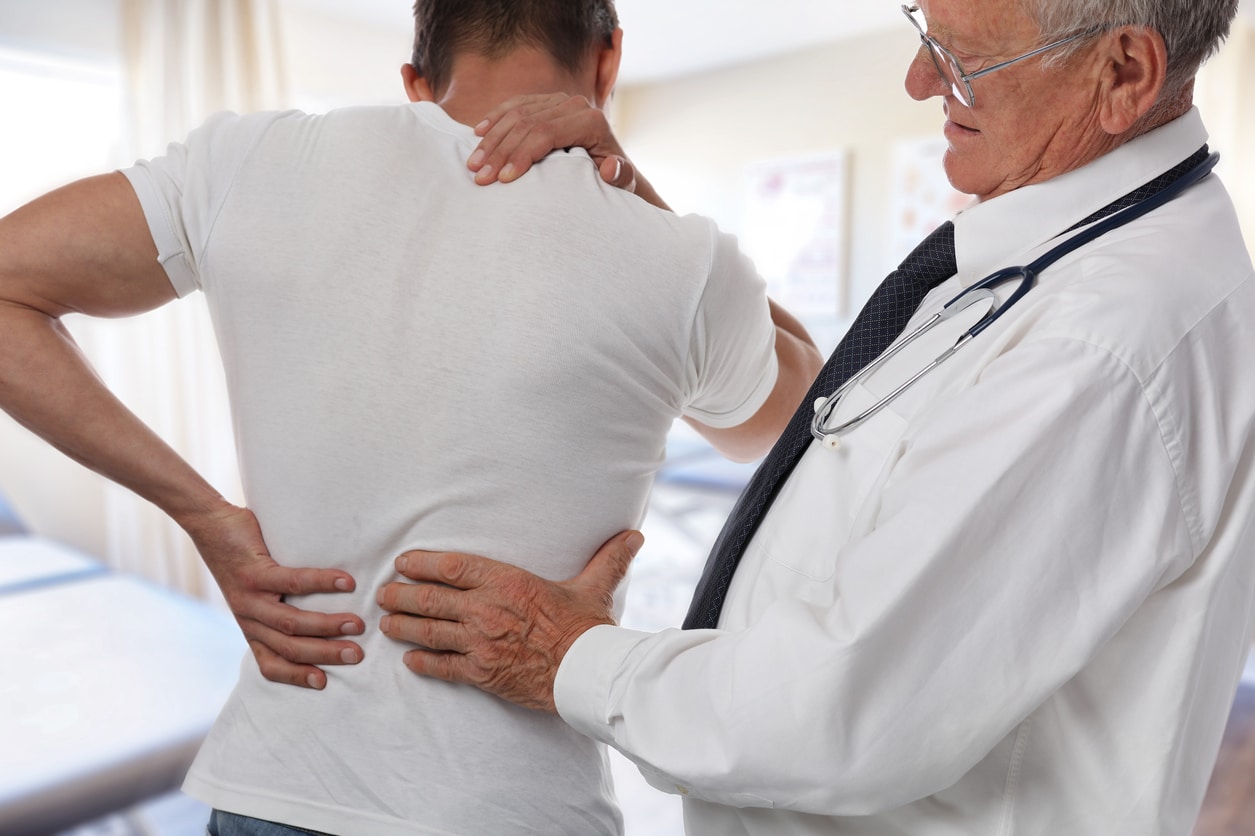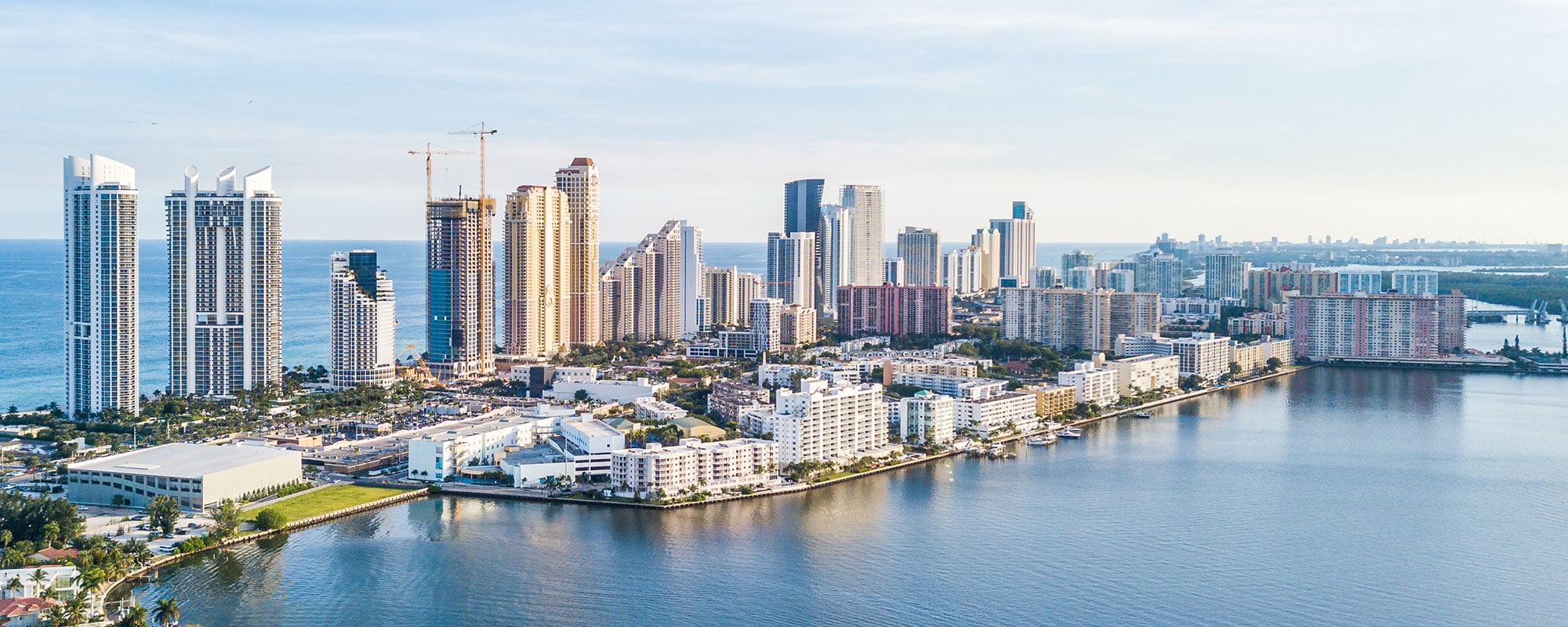What’s Causing Neck & Lower Back Pain After a Car Accident?
Gregg Hollander | September 26, 2023 | Car Accidents

Your body experiences enormous stress during a car accident. You can strike your seat belt, door, window, steering wheel, and headrest. These impacts can bruise soft tissues and even break bones.
But even if you do not hit anything, you can get injured by the whipping forces on your body as it thrashes around. Many neck and back injuries happen because of these forces. The spine stretches and compresses as you whip around, damaging the muscles, tendons, ligaments, and discs in your neck and back.
The Anatomy of Your Spine
Your spine provides the vertical structure for your body. It supports your torso, head, and upper limbs. It also transfers their weight to your hips when you sit or walk. Without your spine, you would have no rigidity in your upper body to maintain your balance.
At the same time, your spine helps guide your body as you twist and bend your back. Your back muscles attach to your spine, ribs, shoulder blades, collarbones, and hips to carry and move your body’s weight.
Your spine gets its flexibility from the 24 vertebrae between your skull and hips. If your spine was a solid column, you would lose the ability to turn and bend your body.
Each vertebra has a solid body and thin protrusions called processes. The bodies provide support. When they align, they form a column that carries your body. The spinous process provides an anchor point for tendons at the end of your back muscles.
Vertebrae attach through facet joints. They are formed by the processes of adjacent vertebrae. Ligaments hold the vertebrae together at the joints.
You have discs between each pair of vertebrae. Two forms of collagen make these discs. An outer layer, called the annulus fibrosus, has a tough, smooth texture. The inner gel, called the nucleus pulposus, has a soft, springy texture. The discs cushion the vertebrae from grinding against each other when you move.
Your spine also protects your spinal cord. As it passes through your spine, the spinal cord branches into nerve roots. These nerves deliver control signals to your organs and muscles. They also carry sensory signals to your brain.
How Car Accidents Affect Your Neck and Lower Back
In a car accident, your body wants to keep moving in the same direction and at the same speed as before your collision. It only stops when it hits something. If you wear a seat belt, your chest will strike it, and the force of stopping you will transmit through your ribs to your spine, where the ribs attach.
When your body stops, your head keeps moving. As it whips forward, backward, or to the side, it pulls your neck, hyperextending it. Your head weighs about 11 pounds, and this weight causes considerable stress on your neck during a crash.
As your head and body whip forward, all the tension in your spine stretches the ligaments holding the vertebrae together. When your car comes to rest, the stretched-out ligaments spring back and compress your spine. This compression force is almost as damaging as the hyperextension your spine experiences.
Common Causes of Crash-Related Neck & Lower Back Pain
Neck and lower back injuries typically result from two types of trauma:
Hyperextension Trauma
Most neck and back injuries in car accidents result from hyperextension. As the spine hyperextends, the vertebrae separate slightly. This separation stresses the ligaments, tendons, and muscles. The soft tissues pull the spine back together as you come to a stop. The resulting compression stresses the discs and vertebrae.
Blunt Trauma
Blunt trauma happens when you hit your back or neck. Your neck can hit the headrest as your body whips around during a crash. Your back can hit the seat. More importantly, shocks from hitting other body parts can get transmitted to your spine. Hitting your shoulder, chest, or head, for example, can stress your neck, while hitting your legs or hips can stress your lower back.
Examples of Neck & Lower Back Injuries Caused By Car Accidents
Car accidents can cause many types of painful neck and back injuries. Some examples include the following:
Strained Back and Neck
Neck and back strains happen when you hyperextend the neck and back muscles or the tendons that anchor them.
Symptoms from back and neck strain include:
- Pain
- Muscle weakness
- Spasms
- Swelling
- Stiffness
A mild strain will probably heal within four to six weeks. A severe strain will take longer to heal. Your doctor may prescribe anti-inflammatory medication, ice packs, and bed rest. You may also need a back or neck brace to support your weight while you heal.
Sprained Spine
A sprained spine happens when you hyperextend the ligaments holding your vertebrae together.
This injury causes the following symptoms:
- Spine pain
- Inflammation of the facet joints
- Limited range of motion
Sprains take at least four weeks to heal. In the meantime, you will need to limit your activities. You may even find sitting or lying down difficult.
Injured Discs
Disc injuries happen when your vertebrae compress and deform the discs. A herniated disc occurs when the annulus fibrosus separates, and the nucleus pulposus herniates through the opening. A bulging disc happens when the annulus fibrosus weakens and sags around its circumference.
In either case, the shortened disc pulls everything in your back out of position. Also, the protruding disc material can press on nerve roots near your spine. Both of these conditions cause pain in your back. They can also cause pain in your limbs as the nerve roots inflame and misfire.
Fractured Vertebrae
A fractured vertebra is the most serious injury you can suffer. The fractured vertebra cannot support your weight. Worse yet, the bone fragments can dislocate into the spinal canal and sever the spinal cord. If this happens, you will suffer permanent paralysis.
Getting Compensated For Neck & Lower Back Injuries After a Florida Car Accident
Florida’s no-fault insurance system allows you to pursue compensation for almost any crash-related neck or back injury. The law requires you to first seek no-fault PIP benefits.
However, you may be able to file a claim against another party if you suffered a significant, permanent injury. If you have a damaged disc or fractured vertebra, you may have a claim against the at-fault driver.
Contact Our Medical Malpractice Law Firm in South Florida
If you’ve been injured in an accident, please contact our experienced personal injury lawyers in Florida at Hollander Law Firm Accident Injury Lawyers to schedule a free consultation today. We have three convenient locations in Boca Raton, Fort Lauderdale, and West Palm Beach.
We proudly serve Palm Beach County, Broward County, and its surrounding areas:
Hollander Law Firm Accident Injury Lawyers – Boca Raton Law Office
7000 W Palmetto Park Rd #500
Boca Raton, FL 33433
(561) 347-7770
Hollander Law Firm Accident Injury Lawyers – Fort Lauderdale Law Office
200 S.E. 6th Street #203
Fort Lauderdale, FL 33301
(954) 287-0566
Hollander Law Firm Accident Injury Lawyers – West Palm Beach Law Office
319 Clematis St #203
West Palm Beach, FL 33401
(561) 556-7873
